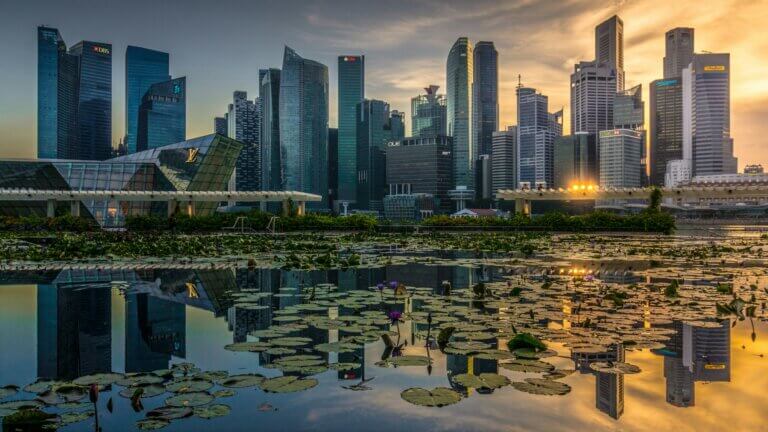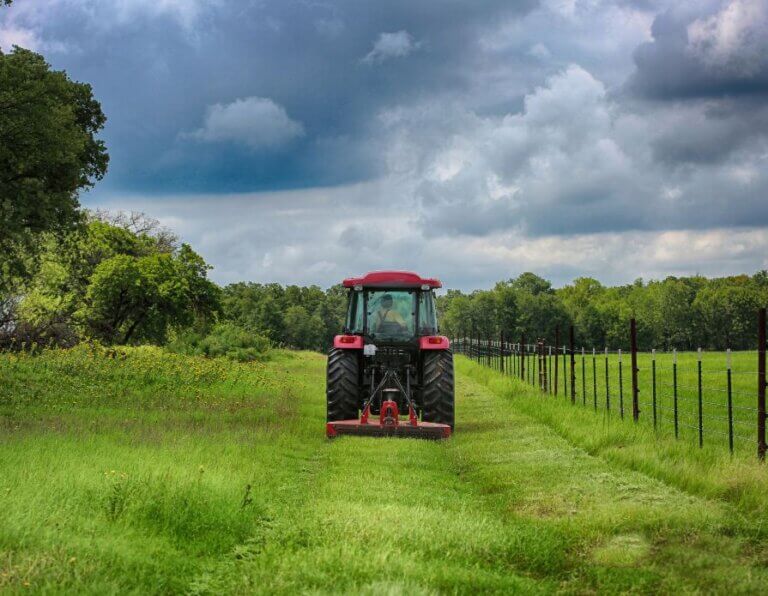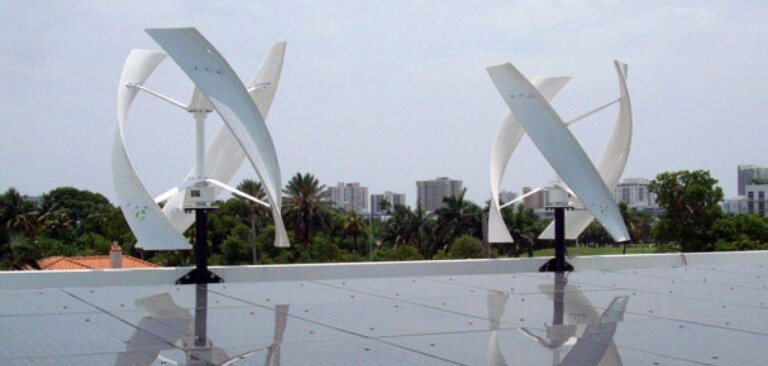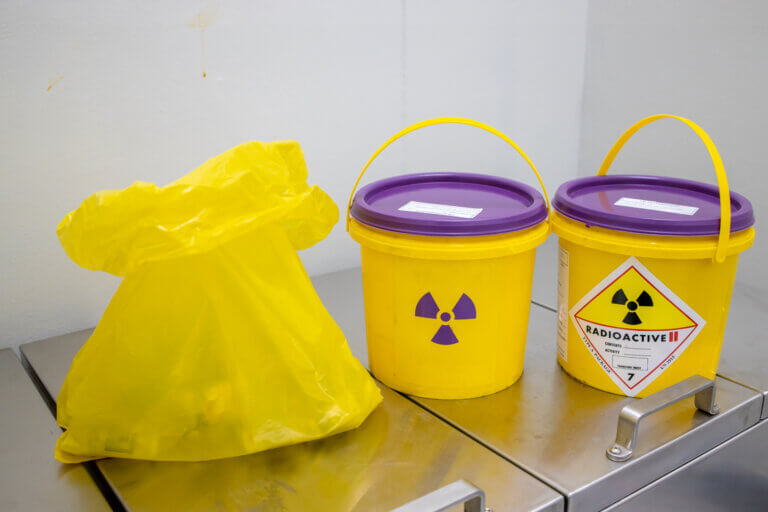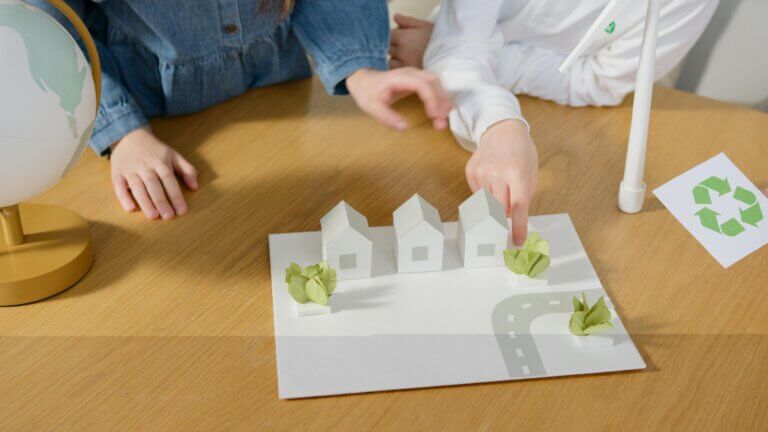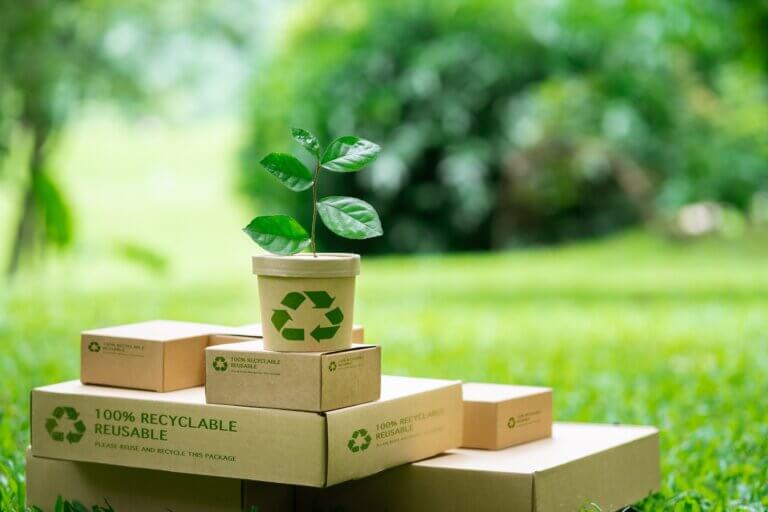Passive Cooling Infrastructure: These 4 Cities Are Revolutionizing Urban Resilience Without Energy Burden
By Beth Rush
As temperatures rise around the globe, urban areas are grappling with how to stay cool without adding to the energy burden that exacerbates the climate crisis. The solution might be passive cooling in cities — an approach that utilizes design, materials, and natural elements to reduce heat without relying on air conditioning or electricity.
The Rising Need for Passive Cooling Infrastructure
Heat is becoming one of the deadliest natural hazards in the urban environment. 2024 was the hottest year since records began in 1850, with 10 of the worst all in the last decade. Unlike floods or earthquakes, heat creeps in quietly, stressing infrastructure and disproportionately affecting vulnerable populations.
In cities filled with concrete, steel, and asphalt, daytime warmth builds and lingers into the night. Scientists refer to this phenomenon as the urban heat island effect, where cities tend to remain significantly hotter than surrounding rural areas.
Extreme heat can cause a cascade of health problems, such as dehydration, respiratory distress, and heat-related illnesses, which can be fatal. Approximately 67,512 people in the United States visit the emergency room with a heat-related illness each year.
Older adults, young children, and low-income communities with limited access to cooling are at the most significant risk. Electricity grids are often pushed to their limits during heatwaves, but relying solely on mechanical cooling, such as air conditioning, isn’t sustainable.
This is where passive cooling infrastructure becomes essential. Unlike energy-intensive solutions, passive cooling works through smart design, such as strategic shade, natural ventilation, reflective surfaces, and green spaces. It’s a long-term investment in livability and resilience, reducing reliance on fossil fuels and helping cities adapt to a hotter future. Here are four cities that have successfully pioneered these techniques.
Singapore: Greening the Skyline
Singapore has emerged as a global leader in biophilic design and urban sustainability, incorporating passive cooling strategies into its city planning as a fundamental part of its approach. With year-round tropical heat and humidity, traditional air conditioning isn’t a long-term solution for liveability. Instead, the city turns to nature and architecture.
New developments are required to incorporate green roofs, vertical gardens, and shaded pathways. One of the most iconic examples is the Oasia Hotel Downtown, a tower completely wrapped in 21 different plant species to shade the structure and help cool the surrounding air.
Similarly, neighborhoods like Punggol Eco-Town use reflective building materials, cross-ventilated layouts, and an extensive greenery network to limit heat absorption and promote airflow.
The Urban Redevelopment Authority has mapped wind corridors to ensure breezes can move freely through the city. Additionally, trees can be strategically placed to shade pedestrian paths and public areas. These elements work together to reduce heat stress, promote comfort, and create a city where passive cooling is part of everyday life.
Barcelona: Mediterranean Cooling Through Urban Reimagining
Barcelona’s approach to passive cooling infrastructure blends cutting-edge planning with the city’s Mediterranean charm. Its groundbreaking Superblocks or “Superilles” program restricts car traffic in select neighborhoods, freeing up streets for pedestrians, trees and community spaces. This shift reduces emissions and actively cools the city.
Within these Superblocks, former roads have become small parks, shaded plazas, and permeable surfaces that absorb less heat than traditional asphalt. The city has also prioritized the use of light-colored paving materials and implemented water features and misting systems in high-traffic public areas. These encourage evaporative cooling while enhancing quality of life.
Barcelona is committed to increasing its urban tree canopy to 30% by 2037, with a particular focus on heat-vulnerable neighborhoods. Combined with public education on heat safety and infrastructure incentives, the area’s cooling strategy is social and structural. It’s a strong example of how passive cooling in cities can be a tool for environmental justice and urban well-being.
Ahmedabad: Blending Tradition With Heat Action
Ahmedabad, India, experienced a devastating heat wave in 2010 that claimed over 1,300 lives in one month. This crisis prompted the city to develop South Asia’s first Heat Action Plan — a comprehensive response that includes emergency measures and long-term infrastructure strategies rooted in passive cooling.
Traditional Indian architecture plays a central role. New developments and retrofitted homes often feature jaalis, which are latticed screens, internal courtyards, and thick, light-colored walls that reflect sunlight and allow natural air circulation. Whitewashing rooftops is strongly encouraged to reduce solar heat gain, and the city promotes reflective and ventilated roofing materials through public education and incentive programs.
Ahmedabad has also increased its green coverage in public areas, planting shade trees along bus stops and major roads. Shade nets and temporary canopies are set up during peak heat months, providing relief while long-term landscaping matures.
These efforts demonstrate how a city with limited financial resources can still make significant strides by utilizing passive cooling as a foundation for climate resilience and public health.
Los Angeles: Fighting Heat With Reflective Streets
In Los Angeles, where summer temperatures often soar above 95 degrees Fahrenheit, the city’s Cool Streets initiative is a bold experiment in passive cooling.
The program involves coating asphalt streets with solar-reflective paint that significantly lowers surface temperatures. In pilot areas, this approach has reduced road surface heat by as much as 15 degrees Fahrenheit, with ambient temperatures dropping, too.
Many of LA’s hottest neighborhoods are also its most economically disadvantaged. Focusing Cool Streets efforts in communities like Pacoima and South LA enables the city to address heat inequity and make passive cooling a social inequity tool and an environmental strategy.
Rethinking Passive Cooling in Cities
These cities demonstrate that passive cooling in urban areas is possible, practical, effective, and often more equitable than energy-dependent alternatives. As heatwaves grow longer, hotter, and more frequent, cities around the world will need to look beyond short-term fixes and toward integrated, climate-resilient infrastructure.
About the author: Beth Rush is the green wellness editor at Body+Mind, where she covers topics like the power of climate consciousness at all stages of education. You can find Beth on Twitter @bodymindmag. Subscribe to Body+Mind for more posts by Beth!
